YOUTH ART FOR THE EARTH
Youth Art for the Earth is a collaboration of cultural organisations, across Europe, working on a programme to engage young people in articulating messages and co-creating artwork about social responsibility and environmental sustainability.
Location: Pančevo, Serbia
Organizing Partner: Fond B92
Participants: Students of Architecture and Graphic Design from Technical School 23. Maj
The Mural : "This Hand is Planting Flowers" was created by artist Kusha Chiks along with students of Architecture and Graphic Design from Technical School 23.Maj to address environmental issues in their city. Located on Rose Street in Pančevo, the mural draws inspiration from both the street's history and its namesake, Ruža ("rose" in Serbian). The artwork features 33 images of a hand, progressing from holding trash to a blooming rose, symbolizing the power to reverse environmental damage through active protection. Once defaced with chauvinistic graffiti, the wall has been transformed into a symbol of renewal, garnering admiration from passersby for its positive impact on the city.
Sara Jovanovic, Student
"After this workshop, I’m much more aware of how much we’re harming our planet. I used to have a neutral opinion about everything—pollution levels, the state of our planet. I knew it was bad, but I thought I had no influence. Now, I realize that I do have a voice, and every voice is important,"
Location : Saint-Ouen-sun-Seine, France
Organising Partner: Nobulo and Urban Art Crew
Participants: Students from Joséphine Baker Middle School
The Mural : “Sunny Diversity” is a vibrant mural co-created by French illustrator Elsa Martino and ninth-grade students from Joséphine Baker Middle School during a workshop from July 5-7. Highlighting the importance of inclusive environmental discussions, the mural incorporates diverse voices. Elsa and climate trainer Chloé Chesneau guided students through creative and reflective activities, culminating in this public art piece. The mural is located at 54 Rue des Rosiers, Saint-Ouen, on the school’s facade.
Saint-Ouen-sur-Seine, France
Location: Maribor, Slovenia
Organizing Partner: Institute for the Development of Social Responsibility (IRDO)
Participants: Students from the Secondary School for Design Maribor (SŠOM)
The Mural: "Birds from the Island" is a vibrant celebration of nature and a call to action for environmental sustainability. Created over April and May, 2024, the mural was preceded by a series of workshops on environmental sustainability and street art, held over March 6-20. These workshops empowered students to understand local environmental concerns and engage deeply with these issues. The mural incorporates elements from Art Nouveau, constructivism, pop art, and post-Internet art, symbolizing the evolution of industrialization, consumer culture, and digital pollution. The mural was officially launched on May 9, the occasion of Europe Day, and it adorns the wall of the Secondary School for Design Maribor (SŠOM) in Youth Park 8.
Fedja Šičarov,Artist
"This mural has been a deeply rewarding project. The depiction of birds in different artistic styles not only showcases the rich biodiversity of Maribor Island but also serves as a reminder of the environmental impact of human activities”
Location : Bor, Serbia
Organizing Partner : Fond B92
Participants : High School students at Technical School Bor
The Mural: “Curiosity" is the result of a three-day workshop with students of Technical School Bor, aged 16-17, organized as part of Youth Art for the Earth. Students were encouraged to imagine what their city would look like in 50 years so as to identify their present concerns. Recycling, reduced fossil fuel consumption and protection of local species were their main concerns, all of which are reflected in the mural. The incredibly colorful mural, painted on the wall of Vidovdan elementary and secondary school, represents a hopeful future as imagined by the youth of Bor and beautifully executed by the artist, Maja.
Nadežda Ilić - School principal
"I am very proud of the ecological mural that decorates our school wall, sparking joy and curiosity among the children. The mural is much more than a visual representation of our city, it carries a powerful message.”
Location: Montargis, France
Organizing Partner: Co-funded by the European Union and supported by Urban Art Crew and Nobulo
Participants: 30 individuals from Lycée Jeanette Verdier school, aged 14-16 years old
Artist: Atma, a celebrated street artist, breathes life into the "Respiration" mural in Montargis, France, blending vibrant colours and strong symbolism. Leading a team of 30 students from Lycée Jeanette Verdier school, Atma transformed their environmental concerns into captivating artwork, and his dedication to social change through art left a strong impression on the community. "Respiration" has become a lasting symbol of inspiration and collective action.
Liaam, Workshop Participant
Art has shown me the power of conveying messages, making workshops like this invaluable for spreading awareness. My message for the future is simple: let's take care of our planet.”
Ljubljana, Slovenia
Organising partner: IRDO Institute, in collaboration with the Institute for Urban Questions / Ljubljana Street Art Festival and CUK Kino Šiška.
Participants: Public Institute Mladi Zmaji - ČMC Šiška
Artist: Pier Paolo Spinazzè, nicknamed Cibo (“food”), is an internationally renowned street artist who has been transforming symbols of hatred into images of food for more than 20 years. Hate speech terms become fruits, vegetables, and Italian delicacies. With each stroke of the paintbrush, he creates thought-provoking art which aims to inspire change and address social and environmental issues.
Pier Paolo Spinazzè (Cibo), artist
"The mural comes from two concepts. The first has to do with healthy eating and the five colours of vegetables. The second concerns the use of plastic, which is used only once and then thrown away. Many times, we don't even think about it because we are not used to it. The mural will also act as an illusion of continuity because, in the end, we are what we eat."
The project follows a successful Creative Europe project called Paint the Change which saw educational workshops and murals produced to discuss European Union values such as inclusion, diversity, environmental stewardship and social cohesion.
The focus of the new Youth Art for the Earth project is on older teenagers from disadvantaged and marginalised communities. Our objective is to help them find a voice and a sense of agency in tackling issues of environmental sustainability, by building their creative and critical thinking skills, and by engaging them with public art.
Street art is an excellent tool for communication and debate, and for enhancing public spaces for the benefit of local communities. We expect that the Youth Art for the Earth project will improve the capacity of local communities to co-create engaging street art that promotes inclusion and environmental sustainability.
Four key tracks of work will help us to achieve this goal.
Involving educators and street artists in piloting an innovative programme.
Engaging up to 120 young participants in highly interactive workshops that build creative and critical thinking skills.
Delivering six pieces of public art through a co-creative process for the benefit of local communities.
Amplifying workshop discussions through film and digital media.
New and environmentally conscious materials, technologies and techniques, such as carbon-absorbing paint, will be used whenever possible in this project.
Our activities will take place in France, Serbia and Slovenia through the partnership of the following organisations:
Nobulo and Urban Art Crew, France, have a mission to promote international culture and art, with a special focus on street art. Facilitating international and cross-cultural collaborations they have moved and promoted urban artists around the world since 2007.
Fund B92, Serbia, is a non-profit non-governmental organisation leading creative, cultural and philanthropic campaigns to effect positive social change. Established in 2004, the Fund has continued the B92 mission of promoting a decent, responsible and fair society in Serbia and the wider region.
IRDO, the Institute for the Development of Social Responsibility, Slovenia has focused on research and accelerating the development of social responsibility in Slovenia and beyond since 2004. IRDO provides a hub for key activists in this field, whether in government, business or other organisations, and coordinates awareness-raising activities.
Youth Art for the Earth originated as an initiative of Paint the Change, which was created in 2015 to bring social action and street art together. We have produced more than 60 murals around the world, on every continent, and have engaged millions of people through digital and broadcast media with our unique mix of youth engagement, public art and public awareness campaigns.
The murals are only a part of our story. Our public art projects stem from workshops that educate and involve young people from different communities about subjects such as diversity, the right to education, religious freedom, racism and the environment.
Local educators and artists lead our workshops. Educators involve young people in meaningful conversations while artists help participants to express and visualise their ideas. The result is a giant work of art that becomes part of the fabric and history of the neighbourhoods where we work.
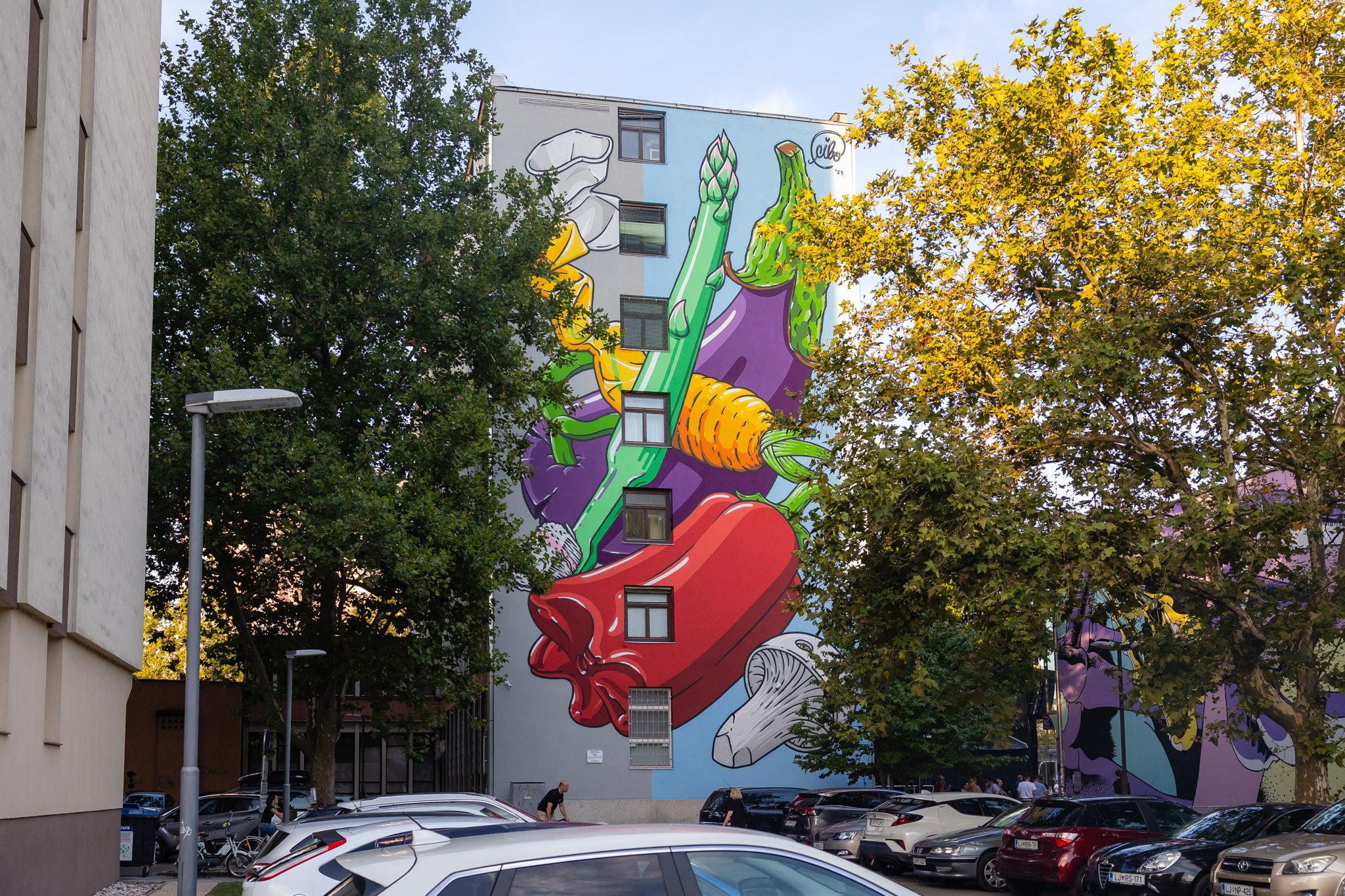
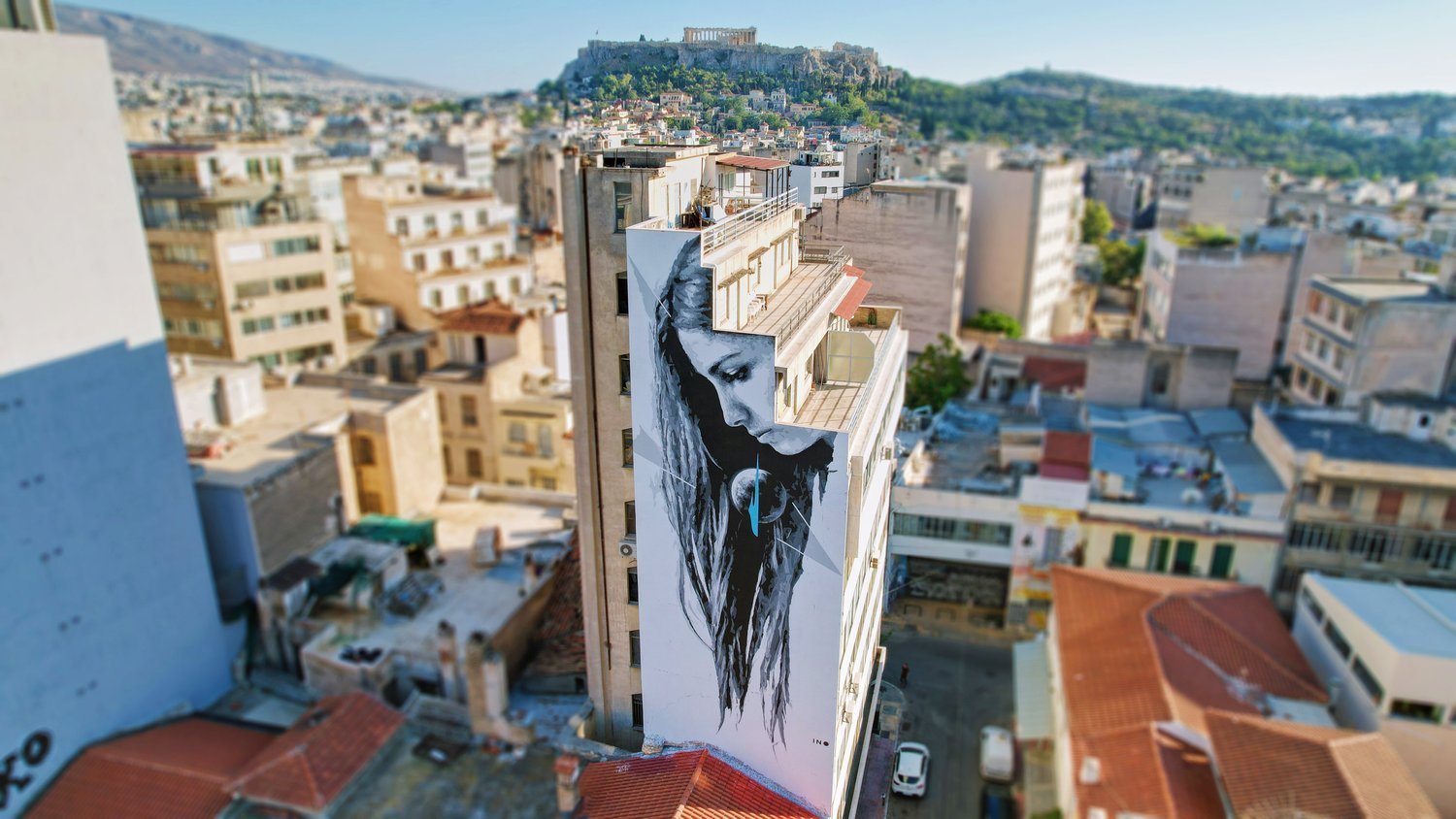

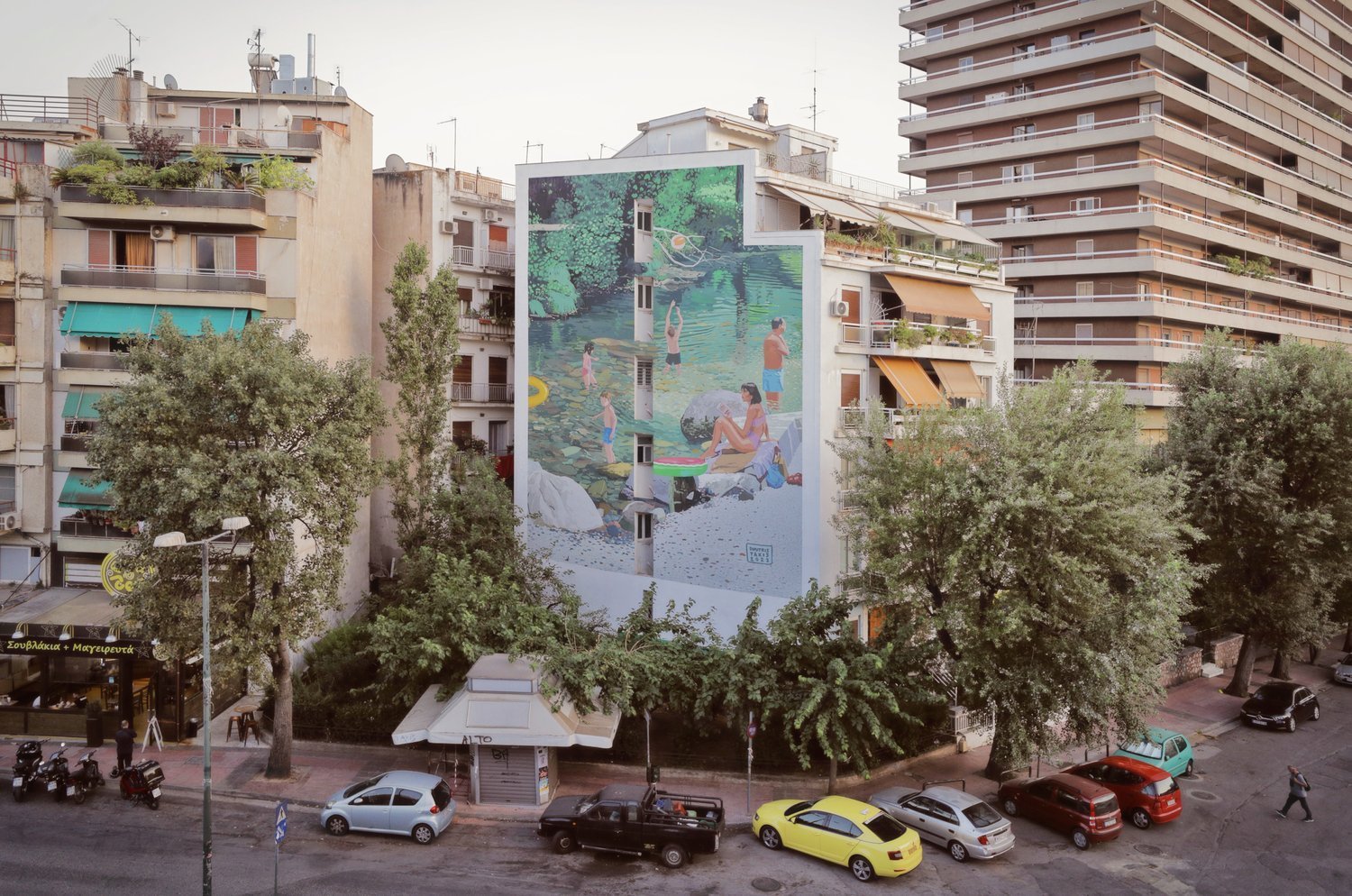
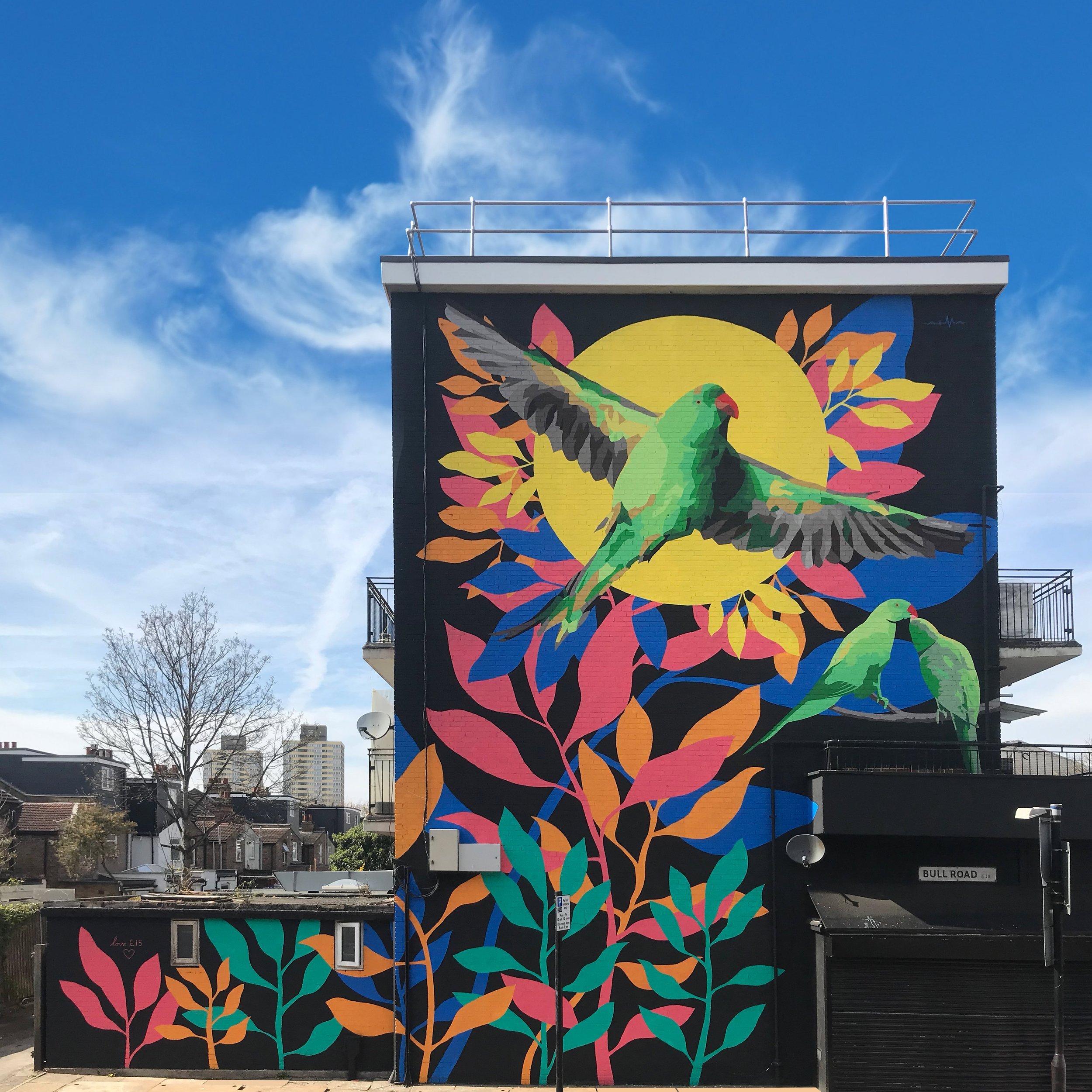
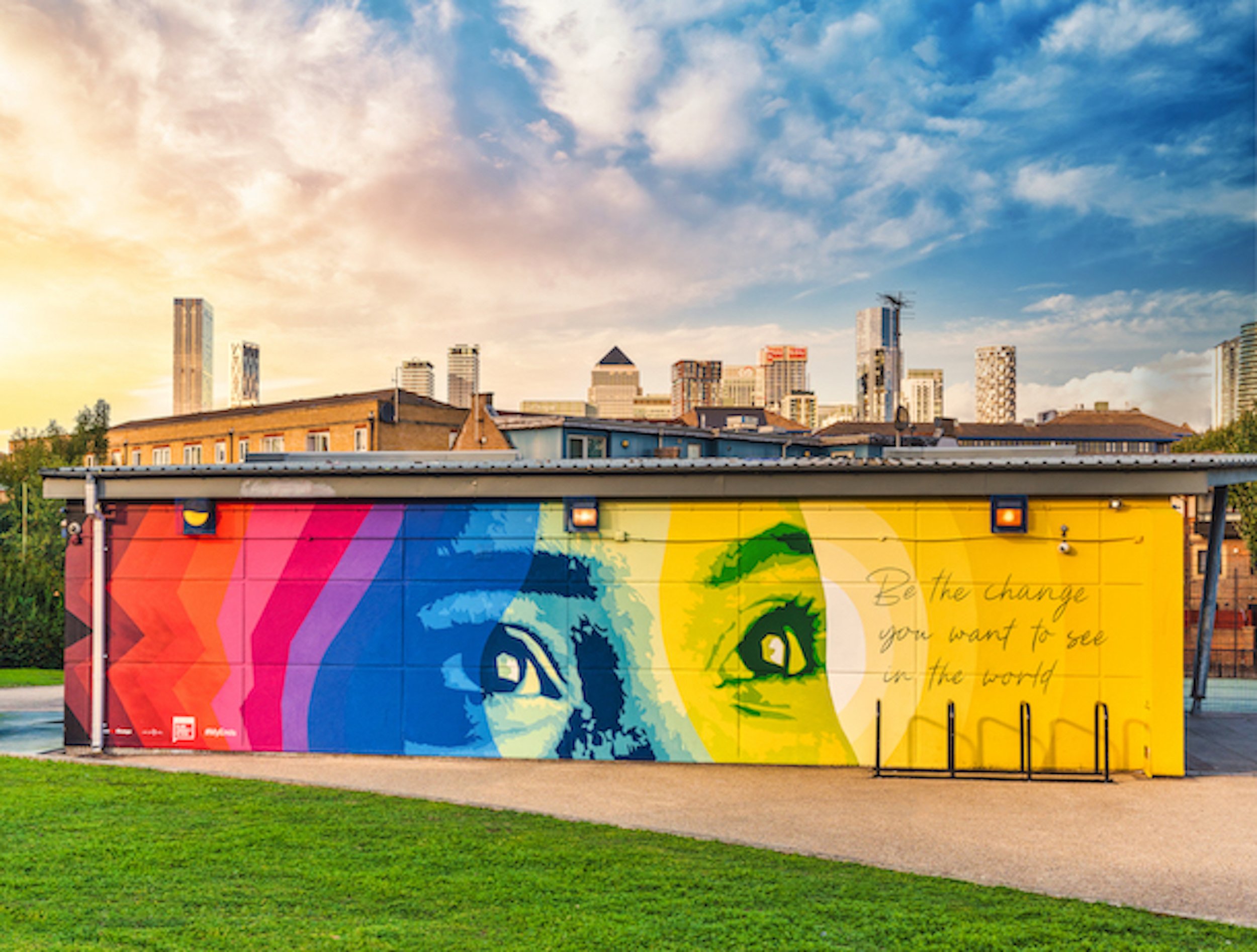
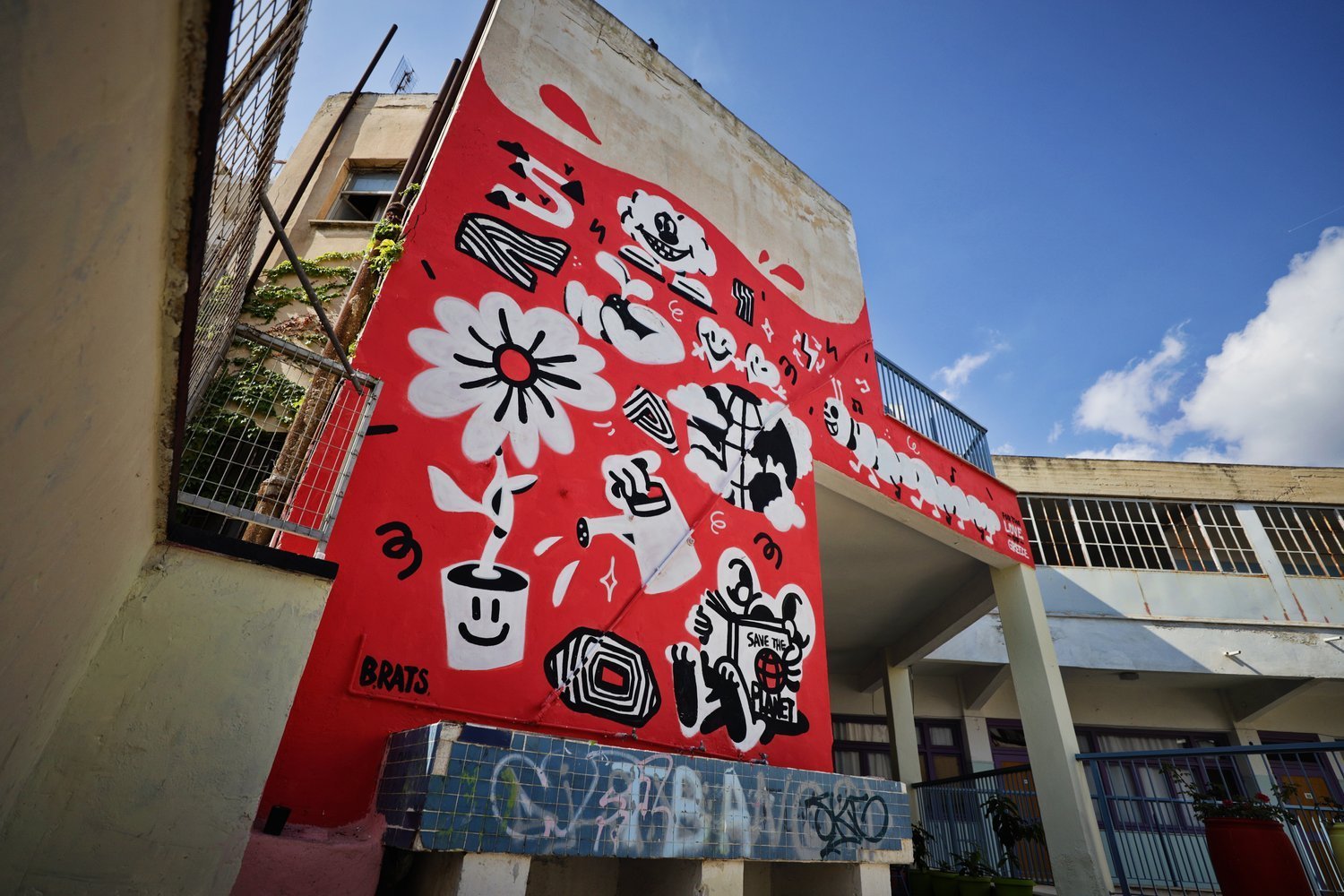
Youth Art for the Earth: A Discussion with the B92, IRDO and Paint the Change partners
A painting on a wall possesses a unique power to communicate ideas and feelings. Leonardo da Vinci said that a poet would be “overcome by sleep and hunger before being able to describe with words what a painter is able to depict in an instant.” Maziar Bahari, founder of Paint the Change, agrees. “It’s one of the oldest forms of communication,” he says. “Think of cave paintings!”
Since 2005, Paint the Change has been the driving force behind more than 60 works of public art around the world, engaging young people in raising awareness of pressing social issues. Their projects have gone on to reach millions more through social media, films and broadcasts. Now they’re turning their attention in three countries – France, Serbia and Slovenia – to Youth Art for the Earth, an initiative to help young people express their concerns about environmental sustainability.
In Serbia, the project is being led by Nebojsa Glisic of Fund 92, which aims to effect positive social change through creative, cultural, and philanthropic campaigns. Raised in war-torn Bosnia before going to Serbia to finish his studies, Glisic is a firm believer in the potential of youth to influence and transform communities; he has involved himself with nongovernmental organizations and the reconciliation process since he was 15. During the recent pandemic, Glisic collaborated with Paint the Change on workshops focused on discrimination, tolerance and understanding diversity. “We’ve been working with communities that are heavily affected by migration,” he says. “We started communicating with young people to build their trust towards migrant refugees.” But dealing with today’s environmental problems that respect no national boundaries will pre-occupy this generation for the rest of their lives – unless they find their voice to effect change.
“For this project, we’ve chosen two cities, one in the north and one in the south of Serbia,” Glisic explains. “Both of them appear on the scale of most polluted cities in the world. The pollution is traveling from this southern city and we can feel it in Belgrade, in Bosnia, in Croatia, all the way to Slovenia. So it basically affects not just us but all of the people around us. Kids are well aware of this, but I don't think that they’re dealing with it. So our main task is to offer them tools to address these issues. It will not only open their perspective, but also that of the general audience about this limitless pollution.”
Glisic is hoping that the Youth Art for the Earth project will result in pressure being put on the authorities to advance processes for recycling for which there is no infrastructure in Serbia. “The participants in the different countries are not dealing with the same issues,” he says, “but the principle is the same. If youth ask for something from the government, then I think there’s a slightly better possibility that things will get done.”
““Painting on walls has a prehistoric feel. There’s something quite tribal about this which I love. But you’re literally making your mark for future generations too. And another part of it is that it’s free for the public so it transcends any social barriers. It’s a universal form of art. They can leave a colourful, big mark in the public sphere.” ”
In each project, a group of young people spends four days reflecting on their concerns with facilitators from Youth Art for the Earth’s partner organisations and artists. A piece of street art is then conceived which will become a permanent visual record of their discussions and, once completed, a part of the fabric and history of their neighbourhood. By sharing their experience with each other, the three projects in Paris, Serbia and Slovenia will evolve a curriculum for future workshops. “The idea is to have a universal part of the curriculum,” says Glisic, “and then another which is adaptable, related to the problem we want to address in the local community.”
In comparison to Serbia, Slovenia has more advanced environmental policies, yet challenges remain. “In Maribor, there are a lot of problems with how to recycle or reduce waste,” says Anita Hrast, Chief Executive Officer of the Institute for the Development of Social Responsibility [IRDO], which is partnering with Youth Art for the Earth. “The cost of taking waste away from Maribor is the most expensive in the country. So we will explore this with the youth and the artists there, and then we’ll see what we come up with.” Meanwhile, in Slovenia’s capital Ljubljana, the youth participants will explore the issue of food waste with Dr. Sandi Abram – an expert on graffiti and street art – and Italian street artist Cibo, before a mural is created next to the city’s Kino Šiška Centre for Urban Culture.
“We wanted to pursue some communication projects to raise awareness of social responsibility 19 years ago,” says Hrast, “but there was no money coming from the state or civil society. So this is now the moment when we have the possibility to make it happen.”
Raising consciousness, she says, is paramount. “And this we can only do by delivering the right information, at the right time, in the right place to different target groups. Active citizenship is not only important for Slovenia, but also for other countries. Through art, we can increase awareness and youth can express their vision. The murals are the best tool we have.”
As with all Paint the Change projects, making the murals is a big draw for the young participants. “Some of them come from, a background where it’s not common to speak what you want to say to the world,” says French-born street artist Atma, who will be lending his talents to the project in Paris, being run with Nobulo and Urban Art Crew, which has been championing the work of street artists since 2007.
“Because we spend four days with them, it really gives them this boost of confidence,” Atma says. “A lot of them may feel like their voice is not being heard. And then they go on this journey of creativity and it's inspiring for them to see that an idea is born from a few words on a piece of paper and can suddenly have a massive impact.”
“Painting on walls has a prehistoric feel,” he observes. “There’s something quite tribal about this which I love. But you’re literally making your mark for future generations too. And another part of it is that it’s free for the public so it transcends any social barriers. It’s a universal form of art. They can leave a colourful, big mark in the public sphere.”
““Something really magical happens every time. Especially in this day and age when people are used to their mobile phones. Taking part in this workshop does something to the brain that is unexpected. It taps into some sort of happiness that we have within ourselves but are not aware of. It really comes out when they take part in the workshop.” ”
The creation of each of the murals will also be featured in a documentary, extending the reach of their message. “There’s the discourse between the community members and an expert,” says Maziar Bahari. “Then the discourse between passers-by and the artist when the mural is being created, and then – because it is filmed and shared on social media – there’s a discourse between the artists, the experts, the community and the rest of the world.”
The environmental impact of the murals is also a consideration that could attract the media and public attention and influence opinion. “Most likely we’ll use carbon neutral paint to deliver the project,” says Atma. “It actually absorbs the CO2 during the drying process.”
There are benefits too for the mental health and well-being of the young participants.
“Something really magical happens every time,” says Bahari. “Especially in this day and age when people are used to their mobile phones. Taking part in this workshop does something to the brain that is unexpected. It taps into some sort of happiness that we have within ourselves but are not aware of. It really comes out when they take part in the workshop.”
“There’s a feeling of pride when you change something,” reflects Nebojsa Glisic, “and that’s something that we want to introduce to them. It's not just about the feeling of happiness when you are playing some video game or swiping on Instagram. It can also be developed when you're affecting local community issues and when you're really fixing something, when you are making long term positive change in society.”
“We want these kids to feel proud.”
These workshops and murals are made possible thanks to the generous support of the European Union’s Creative Europe Programme




















